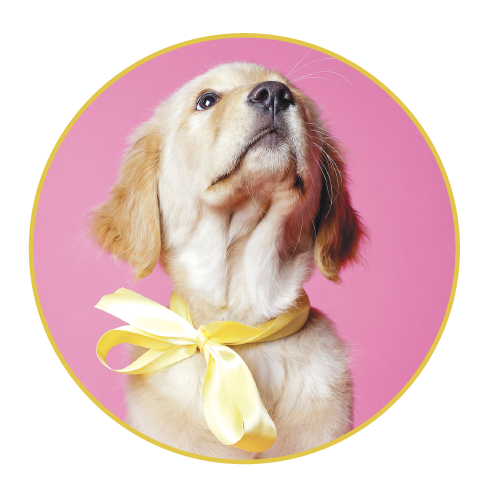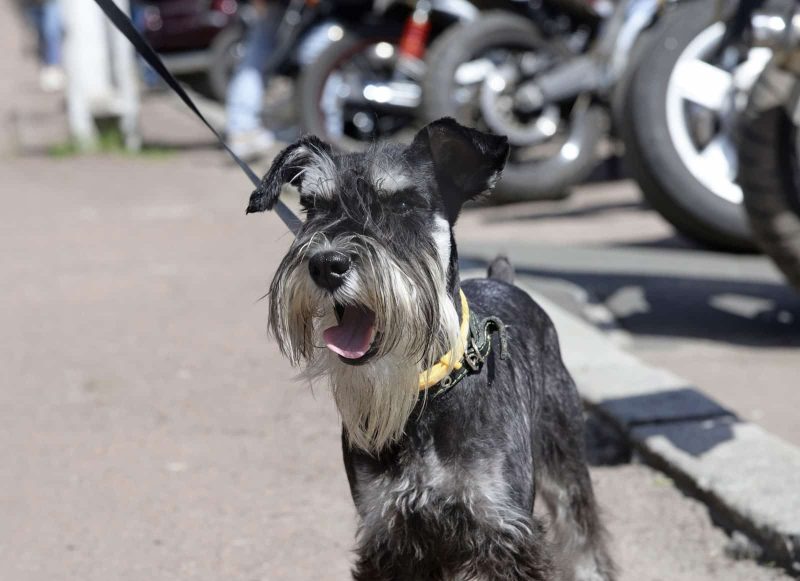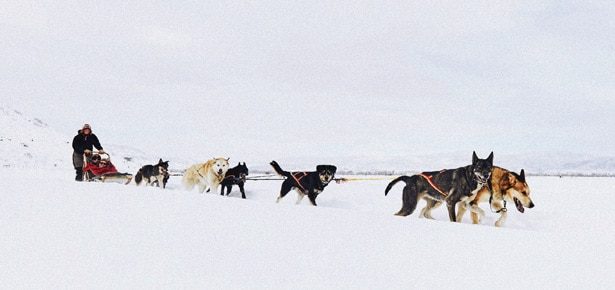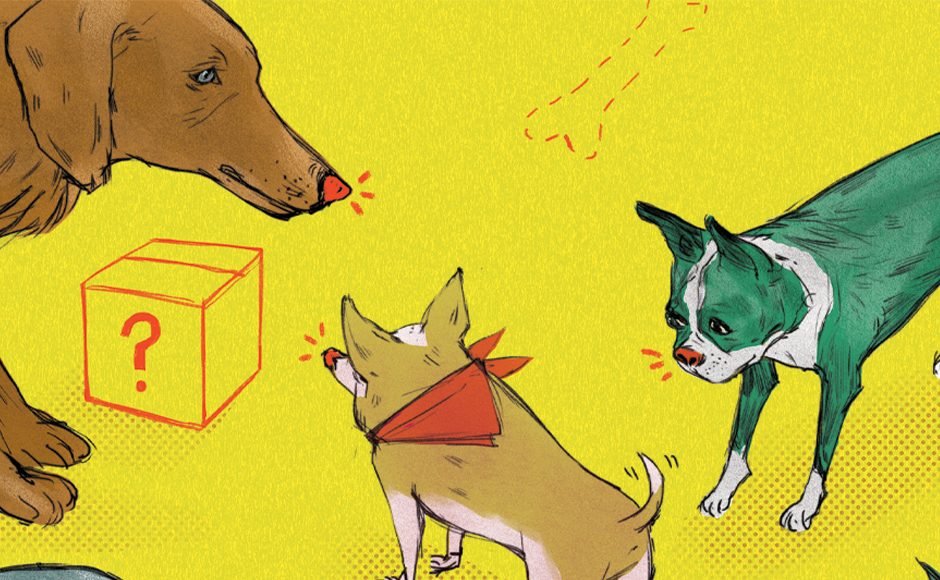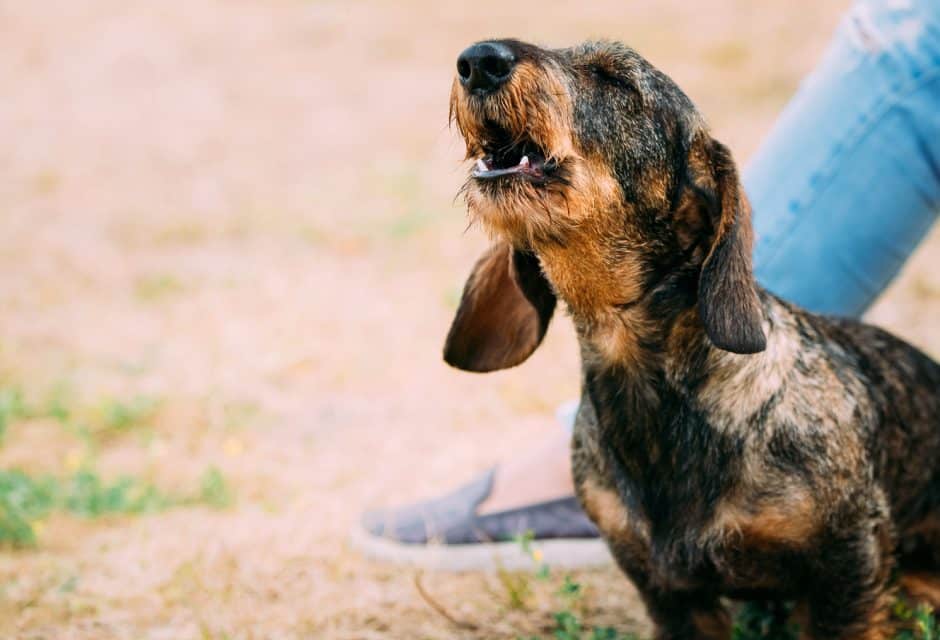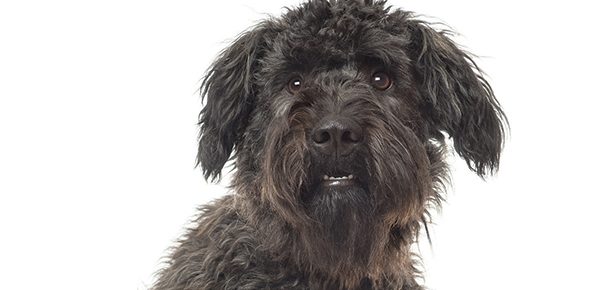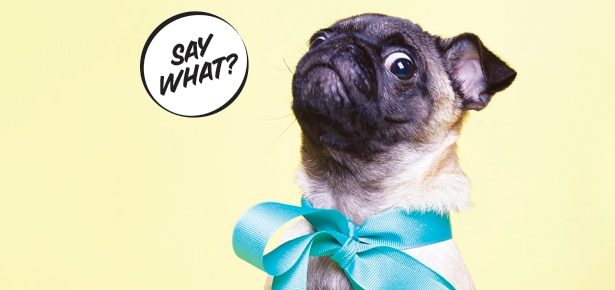
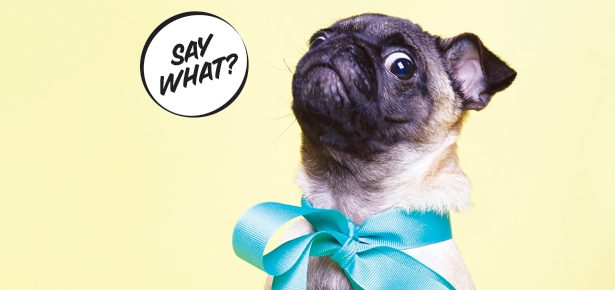
Are You Making These Puppy Training Mistakes?
How NOT to train your puppy: 14 dog training mistakes and how to avoid them
The arrival of a new puppy can be an exciting, happy time. But without a basic understanding of the do’s and don’ts of puppy raising, things can go sour fast. Housetraining woes, destructive chewing, barking, and other unsettling behaviours can quickly turn those good feelings into frustration and even regret. But by avoiding the most common errors, you can increase the odds of enjoying the experience, and mentoring that puppy into adulthood.
Here are 14 of the most common puppy training mistakes and how to avoid them:
1. Taking Your Puppy Home Too Soon
This one is HUGE. During the first eight weeks of a puppy’s life, she receives precious nurturing from her mother and learns invaluable social skills from her littermates. Unfortunately, some breeders and shelters allow puppies to leave the litter too soon; this short-circuits the social imprinting process and can lead to ingrained problems. Puppies who leave too soon (before eight weeks of age) often struggle to learn proper bite inhibition and do not learn to interact normally with dogs or people. They can become skittish toward strangers and fearful toward other dogs. Avoid lifelong issues by simply choosing a puppy that has been with its mother and littermates for at least eight weeks—or, better yet, 12 weeks.
2. Not Starting Basic Puppy Training Immediately
An eight-week-old puppy is completely capable of learning basic obedience commands the moment she walks into your home. Oddly, many people fail to recognize this, thinking that the only training that should occur is housebreaking. Not true! By beginning simple obedience skills such as sit, down, stay, and come, you’ll give her a heads up and create a sense of focus and enthusiasm crucial to a well-mannered pet. Start training right away, day one!
 3. Failing to Crate Train Your Puppy
3. Failing to Crate Train Your Puppy
Dogs are denning animals and prefer snug spots in which to eat or rest. A crate takes advantage of the dog’s innate desire not to soil its sleeping or eating area. The crate is in fact a great place to feed a puppy; she will be able to eat in peace, away from other pets, children, or other distractions. Choose a plastic crate, which gives a more secure, snug sense than does a wire crate. It should be tall enough for the puppy to stand in, and just long enough to allow her to turn around. Too large, and the puppy might eliminate in the back and lie down in the front. Feed in the crate, and have her sleep in it as well. When you cannot be with her, she should be with someone else, or in the crate.Though she can sleep the night in the crate, it’s best not to leave her in it any longer than six hours overnight, or more than four hours straight during the day.
4. Giving Your Puppy Too Much Independence Too Soon
Puppies have an unquenchable curiosity about their environment. But if you allow yours to wander your home unsupervised, she will inevitably get into some sort of puppy trouble. Improper elimination, destroyed clothing or shoes, chewed wiring, or even escape can end up ruining your day and perhaps even hurting her. Every “accident” in the house due to lack of supervision sets your housetraining efforts back. Prevent this by ensuring that your new pup is either with you, in her crate, or within a fenced enclosure. While indoors, try tethering her to your belt loop with a light, six-foot lead; she will accompany you all about the home, yet never be more than six feet away. Only when her housetraining is reliable should you begin to slowly increase her indoor independence.
5. Free Feeding Your Puppy
Leaving food down all day for your puppy to munch on is a mistake. By allowing her to snack all day, you’ll reduce the chances of creating a predictable elimination schedule; if she always has food in her system, she will need to go more often. By feeding at specific times, you’ll “synchronize” her system, and make housetraining easier. Also, feeding at precise times creates a stronger food drive in your puppy. Predicting when she is hungry is a training tool; twenty minutes before mealtime, she’ll do just about anything for that cookie! Finally, feeding at precise times allows you to know exactly how much food she is eating, so you can keep her trim. Those who free feed puppies never really know how much food gets eaten, because they keep adding to the dish throughout the day.
6. Pushing a Puppy’s Face in Her Mess
A ten-week-old puppy has no idea what you are teaching her when you shove its nose into stool, other than you seem to get mad whenever that mess appears. This will only teach your pup to fear the presence of the mess, causing her to eliminate in hidden spots, such as a closet. Instead, crate train her properly to avoid the issue. If you catch her in the act, simply clap a few times while saying “AAH-AHH!!” then get her out quickly to the appropriate spot. (Don’t forget to treat the area with an odour eliminator.)
7. Repeating Training Commands
Once a puppy knows a behaviour, don’t repeat the command over and over. By doing so, you are actually training her to sit-sit-sit-sit-sit and not sit. She will literally wait for you to say it five times instead of once. Say it just once then wait a second or two. If she does not sit, you have either not taught the behaviour well enough or she is just ignoring you. Gently tell her “no,” walk her to a different spot, and ask her again, verbally and with an upward hand sign while holding a treat in your gesturing fingers. When she sits the first time, hand it over!
8. Scolding Your Puppy After the Fact
You find a mess in the hallway, and have no idea when it happened. Your puppy comes over wagging her tail, and you yell at her for making the mess. What’s wrong with this picture? Plenty. Dogs (especially puppies) have a poor sense of time and will not understand being punished for something that happened an hour ago. All you do is to make her think that you get angry whenever there is waste present. This will make her secretive about eliminating, and throw off her housetraining. Instead, say nothing to your dog—an accident discovered after the fact is an accident discovered too late. Instead, reduce her independence, use the crate, and thoroughly clean up the mess until she is reliably eliminating outdoors.
9. Failing to Establish a Routine With Your Puppy
Dogs love routine. Knowing when they will eat, play, walk, and sleep creates a confidence in them that minimizes stress and builds a healthy anticipation. For puppies, it is especially important to establish a reliable schedule for feeding, walking, eliminating, and playing. If this framework of routine gets thrown off, it leads to confusion for the puppy and the ensuing “accidents” and behavioural mishaps can stress everyone out. Especially for the first six months, commit to a solid schedule for your puppy that includes predictable chances to eliminate, eat, nap, play, and train. Whatever schedule you set, sticking to it will inspire confidence in your puppy and make her transition into adulthood easy.
10. Failing to Socialize Your Puppy
The first eight weeks of your puppy’s social life are covered by her littermates, After you take your pup home, however, it’s up to you. Socialization to people and other dogs, particularly within the key eight week to 16 week socialization window, is paramount to raising a happy, well adjusted dog—and, this is key—one that plays well with others. Unfortunately, once puppies come home, they often only see other dogs on walks, or out a car window. This leads to an antisocial mindset and possible dog aggression. The same goes for exposure to people; puppies often only see their immediate family and rarely interact with other humans. To maintain a happy go lucky puppy, invite friends over regularly. Let them play with and train your puppy. Even let her do an overnighter at a trusted friend’s home to build confidence. For puppies under four months (the age when most are fully vaccinated), you can socialize with other healthy puppies on the same vaccination schedule, provided it is in a spotless venue. A puppy class with similarly vaccinated puppies and hygienic conditions will work too. Avoid dog parks until six months, as well as any areas where unruly dogs, loud noises, or dangerous conditions abound.
 11. Exaggerating Greetings and Departures
11. Exaggerating Greetings and Departures
Dogs who overreact whenever people come or go from the home often learn this behaviour from family members who stage elaborate emotional scenes whenever they depart or arrive. Eventually the dog becomes agitated and vocal whenever the door is used. Instead, whenever you leave your puppy, just leave without fanfare. The same goes for arriving; say nothing for a minute, until the puppy calms a bit. Then greet, focus her with a treat, and praise.
12. Consoling Your Puppy
Dogs do not understand human abstractions such as empathy or consolation. Instead, they understand simple action and reaction. If, for instance, your puppy gets scared by a big white dog, she may continue to associate white dogs with danger. Consolation after a scary experience can have the same negatively reinforcing affect on a puppy; if she gets scared, and you pick her up and soothe her, she can literally learn that being scared or nervous gets your emotional and physical praise. This can make for a nervous yet manipulative dog later in life. Instead, when your dog has a scary experience, ensure her immediate safety then redirect her anxiety by giving her a sit command then rewarding her with praise or a treat. Redirecting her away from the frightened mindset instead of consoling her will teach confidence and minimize the chances of the anxious behaviour becoming engrained.
13. Failing to Puppy Proof the Home
Shoes, socks, underwear, children’s toys—you name it, a puppy on a mission may shred it. Worse yet, exposed wiring, toxic cleaners or solvents, poisonous houseplants, or even human medications can injure or kill a puppy. Many of us forget how inquisitive and scent-driven puppies are and how while teething they need to chew. Puppy proof your home by removing clothes, human toys, TV remotes, and loose objects from puppy’s reach. Replace these things with toys and chews designed for pups. Hiding wiring under carpets and placing plants above the puppy’s reach is also a good idea.
14. Hitting Your Puppy
Hit your puppy, and you will create a fearful adult dog who knows nothing of trust. We are smart humans who can find a hundred ways besides hitting to modify bad behaviours. Agreed?
By avoiding these classic dog training blunders and by being a caring, reliable mentor to your new puppy, you’ll get through that challenging first year and dramatically increase the odds of creating a calm, confident, happy adult dog. In the meantime, remember to enjoy the puppy experience!
Join the newsletter and never miss out on dog content again!
"*" indicates required fields
By clicking the arrow, you agree to our web Terms of Use and Privacy & Cookie Policy. Easy unsubscribe links are provided in every email.
